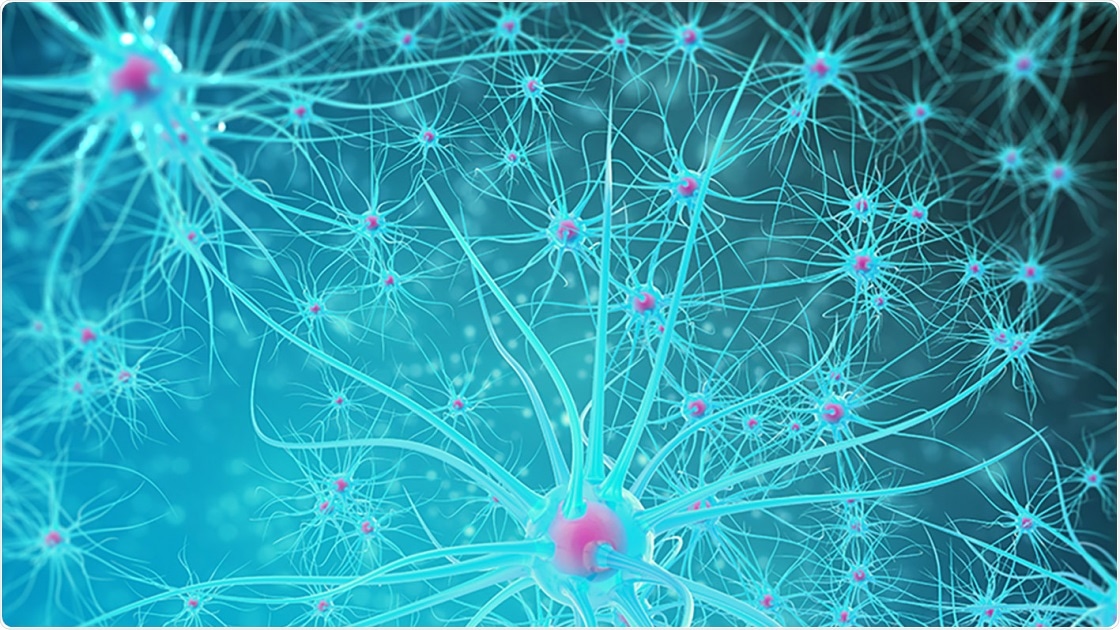Experimental research from Lund University in Sweden has shown that amyloid-beta, the Alzheimer’s protein, accumulates within nerve cells and that the misfolded protein may then disperse from cell to cell through nerve fibers.

Image Credit: Mostphotos.
This occurs at a preliminary stage than the formation of amyloid-beta plaques in the brain, something that is linked with the advancement of Alzheimer’s disease.
The current research was based on earlier studies focusing on amyloid-beta’s prion-like properties. This implies that the protein takes a misfolded form that serves as a template for distributing in the brain, where it piles up and develops plaques.
The plaques of amyloid-beta outside the nerve cells have long been a target for treatment of Alzheimer’s disease. But as treatments to remove plaque have not helped against dementia, we must develop and investigate other hypotheses in order to find other targets for treatment. Our results indicate that amyloid-beta is highly relevant, but that we must focus on misfolded amyloid-beta inside the nerve cells that arise far earlier than the visible plaques.”
Tomas Roos, Study First Author and Doctoral Student, Lund University
Tomas Roos is also a resident physician at Skåne University Hospital’s neurological clinic.
Amyloid-beta is found in the brain of healthy individuals; however, the mechanisms interrupted and leading to the misfolding remain hidden. Although the plaques are extracellular, the findings of this research suggest that a misfolding can take place within the cells.
Moreover, the scientists reveal that there is a continuous exchange of amyloid-beta between the inside and outside of nerve cells, a kind of equilibrium, that gets interrupted when misfolded amyloid-beta accumulates both outside and inside nerve cells.
The research was carried out using a mouse model for Alzheimer’s and cell culture. The scientists also observed that the misfolded amyloid-beta inside the nerve cells results in increased amyloid-beta production.
The increased amyloid-beta caused by misfolded amyloid-beta inside cells can bring about a vicious circle of more and more amyloid-beta production. This could explain the enormous amounts of amyloid-beta that accumulate in the brain of Alzheimer’s patients. First and foremost, the study results are to be replicated in a different Alzheimer’s model.”
Tomas Roos, Study First Author and Doctoral Student, Lund University
“However, our results indicate that many of amyloid-beta’s damaging effects may be caused by what is happening within the cells, independent of plaques. This may explain why so many experimental treatments targeting plaques outside the nerve cells have failed and that we should focus our attention inwards,” added Roos.
Source:
Journal reference:
Roos, T. T., et al. (2021) Neuronal spreading and plaque induction of intracellular Aβ and its disruption of Aβ homeostasis. Acta Neuropathologica. doi.org/10.1007/s00401-021-02345-9.